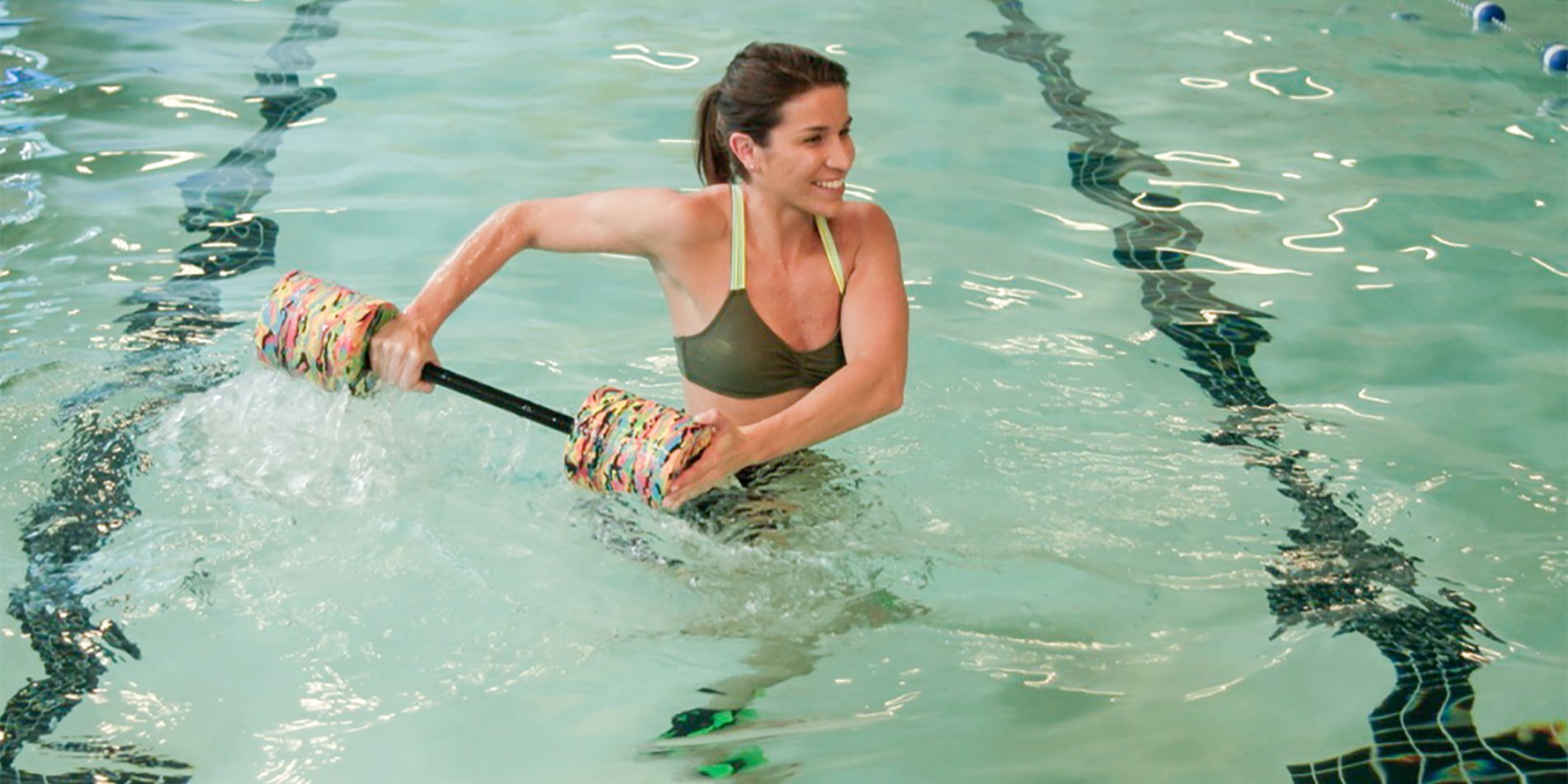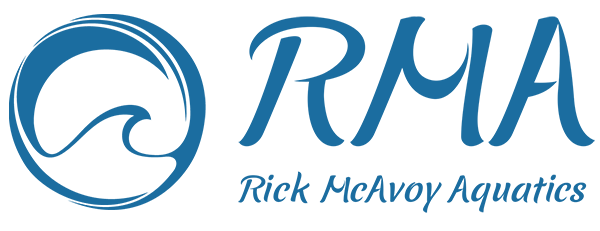
BLOG
Aquatics for Better Movement
I had the opportunity to attend and present at the 21st Boston Sports Medicine Symposium this past weekend. It was a great opportunity to listen to a great panel of speakers including the top orthopedic surgeons and therapists in the industry.
Topics included surgical and rehabilitation techniques of the shoulder, hip and knee.
As I sat and listened to these fantastic presenters I realized that the surgical and rehab techniques have significantly changed over the past few years.
I thought about how aquatics has changed somewhat, but not at all at the rate of other areas in rehab and training. The water continues to be viewed as more of the last resort as opposed to the first option for rehab and training.
A big take away form the symposium was to get patients and athletes moving early but in a safe and proprioceptively enriched manner.
I couldn’t help but think about how aquatics could be incorporated to get patients and athletes moving both earlier and safer.
A few of my thoughts:
Injured or post op clients and athletes can get moving much earlier and more functionally in a 3-Dimensional closed kinetic chain fashion.
Because of waters unique surrounding properties it provides a dynamic proprioceptively enriched environment to rehabilitate and train.
The positive resistance that the water provides causes concentric contractions to be dominant which will create much less stress in the beginning stages of strengthening. This also will reduce muscle soreness. Water provides an accommodating resistance which allows a much safer way to train without the input of weights or bands.
Another benefit that I am not sure we think about is that when we stop engaging a muscle in the water, the motion immediately stops. On land gravity and momentum still influences movement which increases the potential risk for injury.
The body is a great substituter. When clients and athletes are injured their bodies will always take the easy way out by substituting movement patterns to avoid pain and further injury. In the water the body is both unloaded enough but also resisted enough to help correct these compensatory patterns.
The ability to target movements not just muscles. Because of the waters surrounding properties clients and athletes are able to train functional movement patterns easier than on land.
Our aquatic rehab and training programs should continue to evolve to keep up with the healthcare and sports performance industries advancements.
Aquatic Movement Screening
I have been incorporating water into my athletes' training programs for a number of years. Now more than ever, there is significant research in the strength and conditioning journals validating the benefits of aquatic training for strength, flexibility and power to mention a few.
Using the water as a movement screen is something that I have discovered to be very beneficial and have incorporated into every athlete's aquatic training session. In the water, you are able to target multiple muscle groups much easier as well as train both mobility and stability simultaneously.
Athletes are very patterned to their specific sport. They also, like all of us, are influenced by gravity and momentum. In the water, both gravity and momentum are diminished and movement tends to be slowed down. This commonly brings out dysfunctional patterns more clearly. Because water is a surrounding medium and provides three-dimensional resistance, when an athlete moves in the water, he or she is subjected to the forces of buoyancy, viscosity and drag. These factors tend to turn most athletes (at least initially) into very uncoordinated individuals. Even the simplest movements, such as walking forward or backward with proper reciprocal arm swing has frustrated the most elite athletes in my experience. I encourage them to always remember, "The harder you push, the harder the water pushes you back, so there is no way you can ever overpower the water." On a good note, the water's hydrostatic pressure acts as a “second pair of hands” and assists with increased proprioceptive feedback so the athlete is able to improve his or her body awareness and motor patterning relatively quickly.
By incorporating aquatics into your athletes existing land based training you will be able to target movement pattern dysfunctions to a greater extent, thus enabling you to design more effective sports performance training programs.
This will not only help enhance your athletes' performance but also will hopefully reduce the frequency of athletic injuries overall.
Why Aquatic Training Doesn’t Get the Credit it Deserves
Here are a few of my thoughts.
1st: The aquatic environment still has the stigma for many of being a place where old ladies in flowered bathing caps jump up and down with a noodle.
2nd: The water is looked upon as the last option for training. When clients/athletes are injured or in too much pain or are too overweight and cannot tolerate the gravitational influences of land based training then they should go into the pool.
3rd: Aquatic training is just land based training but performed in the water. Right?
Wrong!
The Water is a Buoyant, Three- Dimensional, Holistic, Non-Momentum Environment That is the Opposite of the Weighted, One-Dimensional, Momentum-Prone Environment Found on Land. You must think outside the box to create an appropriate results driven aquatic program.
A Few Quick Points about Waters Benefits
The water is the great equalizer — the harder you push in the water, the harder the water pushes back. Water provides an accommodating resistance. So no matter what fitness level you train, as long you they are working their hardest, the water will give them a great workout.
The water does not discriminate
No matter what age or fitness level your clients or athletes are, the water will provide maximum benefit to help overall health and/or performance.
Train in 3-D
Most land-based programs are usually performed in one plane of motion. However, we move in 3 planes of motion. More multi-planar training programs are being developed but tend to be somewhat complicated/difficult to perform. Water provides three-dimensional resistance inherently, so the muscular and neurological systems receive a more comprehensive training effect than land.
I know we live on the land but if we can integrate aquatic training into our programs then we would have a health revolution. I like to compare water and land to Peanut Butter and Jelly. Separate they are good but when they are combined they are great!
Let’s get more people using the water to improve overall health and performance.













